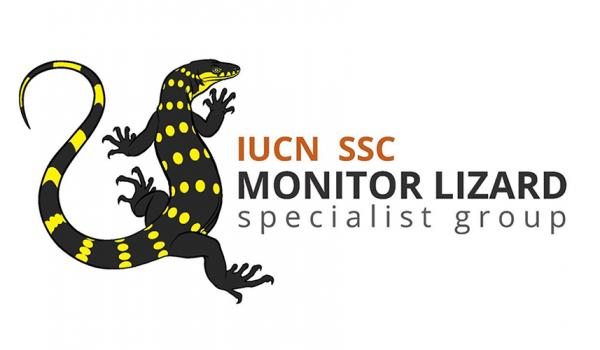Varanus nesterovi
Nesterov’s desert monitor
DISTRIBUTION: According to current knowledge, V. nesterovi is an endemic to submontane and montane steppe of the western and southwestern edges of the Zagros Mountains on both sides of the Iraq-Iran border (Böhme et al. 2015; also see Auliya & Koch 2020). More recent records confirm this distribution area (Böhme et al. 2023).
RED LIST STATUS: Not Evaluated (NE)
CITES: Appendix II
NATIONAL PROTECTION:
Islamic Republic of Iran. -…
Iraq. – …
THREATS: Currently no international trade is documented for V. nesterovi, listed on CITES Appendix II. Domestic threats include road kills, (feral) dogs, and the deliberate killing by locals.
Islamic Republic of Iran. -…
Iraq. Roadkills, predation by dogs and deliberate killing by locals are among the most conspicuous and acute threats to this endemic.
RESEARCH NEEDS:
Islamic Republic of Iran. Noori et al. (2021) urge to assess the conservation status of the Iranian reptile fauna and thus implement an appropriate management scheme.
Iraq. Newer studies underline the urgency of creating a legislative framework for immediate conservation measures.
CURRENT PROJECTS: As the species has only been described realtively recently, and occurs in extensive, arid and often inaccessible regions, there is a lack of basic data to assess its conservation and threat status; therefore there is an urgent need to conduct field studies to refine distribution patterns and examine habitats utilized by V. nesterovi.
In addition knowledge available through local communities would be valuable to collect locality records/observations and any information related to potential threats impacting the species.
References referred to:
- Böhme W, Ehrlich K, Milto K, Orlov N, Scholz S (2015) A new species of desert monitor lizard (VARANIDAE: Varanus: Psammosaurus) from the western Zagros region (Iraq, Iran). Russian Journal of Herpetology 22: 41-52.
- Noori S, Hawlitschek O, Oldeland J, Rajaei H, Husemann M, Simões M (2021) Biodiversity modelling reveals a significant gap between diversity hotspots and protected areas for Iranian reptiles. Journal of Zoological Systematics and Evolutionary Research 59: 1642–1655. https://doi.org/10.1111/jzs.12528
- Böhme, W, Ahmed SH, Al-Sheikhly OF, et al. (2023) Desert Monitor Lizards (Squamata: Varanidae: Varanus: Psammosaurus) from the Middle East: Further records of Nesterov’s desert monitor, Varanus (P.) nesterovi BÖHME, EHRLICH, MILTO, ORLOV ET SCHOLZ, 2015, from Iraq, and adjacent localities of Varanus (P.) g. griseus (DAUDIN, 1803) and Varanus (P.) g. caspius (EICHWALD, 1831),with comments on biogeography and taxonomy. Russian Journal of Herpetology 30: 518-528.
-
Adult Varanus nesterovi, Northern Khuzestan, Zagros Mts., Islamic Republic of Iran © Willi Schneider
Adult Varanus nesterovi, Mortka, Darbandikhan, Iraq © Korsh Ararat
Adult Varanus nesterovi, Northern Khuzestan, Zagros Mts., Islamic Republic of Iran © Willi Schneider
Adult Varanus nesterovi in its habitat, Zagros Mts. northern Khuzestan, Islamic Republic of Iran © Willi Schneider





